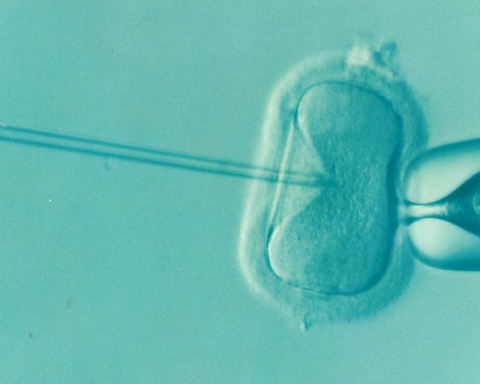Definition of Journal Impact Factor
Identifies the frequency with which an average article from a journal is cited in a particular year. You can use this number to evaluate or compare a journal’s relative importance to others in the same field or see how frequently articles are cited. (JCR Quick Reference Guide)
Impact Factors are a benchmark of a journal’s reputation and reflect how frequently peer-reviewed journals are cited by other researchers in a particular year. The Impact Factor helps to evaluate a journal’s relative importance, especially when compared with others in the same field.
[wp_ad_camp_1]
Introduced in the late 1950s by Eugene Garfield and published since the 1960s by the Institute for Scientific Information® he established (now Thomson Reuters), the yearly Impact Factor developments are now reported in the Thomson Reuters Journal Citation Reports®.
The Impact Factor is considered the number 1 ranking value for scientific journals and has become a substantial part of any journal development discussion. (Springer)
How is Journal Impact Factor Calculated?
The annual JCR impact factor is a ratio between citations and recent citable items published. Thus, the impact factor of a journal is calculated by dividing the number of current year citations to the source items published in that journal during the previous two years. Let,
A = total cites in 2013
B= 2013 cites to articles published in 2011-12 (this is a subset of A)
C= number of articles published in 2011-12
D= B/C = 2013 impact factor
The impact factor is useful in clarifying the significance of absolute (or total) citation frequencies. It eliminates some of the bias of such counts which favor large journals over small ones, or frequently issued journals over less frequently issued ones, and of older journals over newer ones. Particularly in the latter case such journals have a larger citable body of literature than smaller or younger journals. All things being equal, the larger the number of previously published articles, the more often a journal will be cited.
Related Terminologies
Five-Year Impact Factor:
Average number of times articles from the journal published in the last five years has been cited in the JCR year. This metric can be used to better gauge the impact of journals in fields where the influence of published research evolves over a longer period of time.
Journal Self-Cites:
Refers to a paper in a journal citing another paper from the SAME journal. Journal Citation Reports shows what percentage of a journal’s total citation count is a result of journal self-citation, and provides an adjusted Impact Factor that excludes journal self-cites.
What is Journal Citation Reports (JCR)?
Journal Citation Reports® provides a systematic, objective means to evaluate the world’s leading research journals. It offers a unique perspective for journal evaluation and comparison by accumulating and tabulating citation and article counts from virtually all specialties in the sciences, social sciences, and technology fields.
To help you compare journals and discover which are the most significant to you, Journal Citation Reports can show:
• Most frequently cited journals in a field
• Hottest journals in a field
• Highest impact journals in a field
• Most published articles in a field
• Subject category data for benchmarking (Thomson Reuters)






[…] How journal impact factor is calculated? Read here. […]